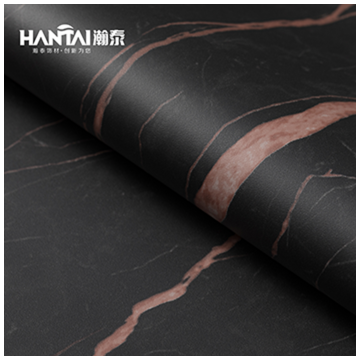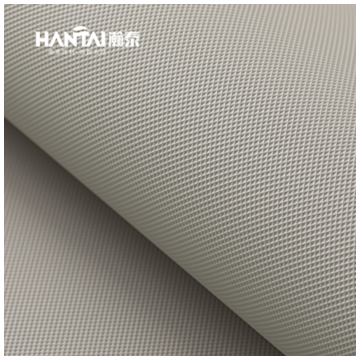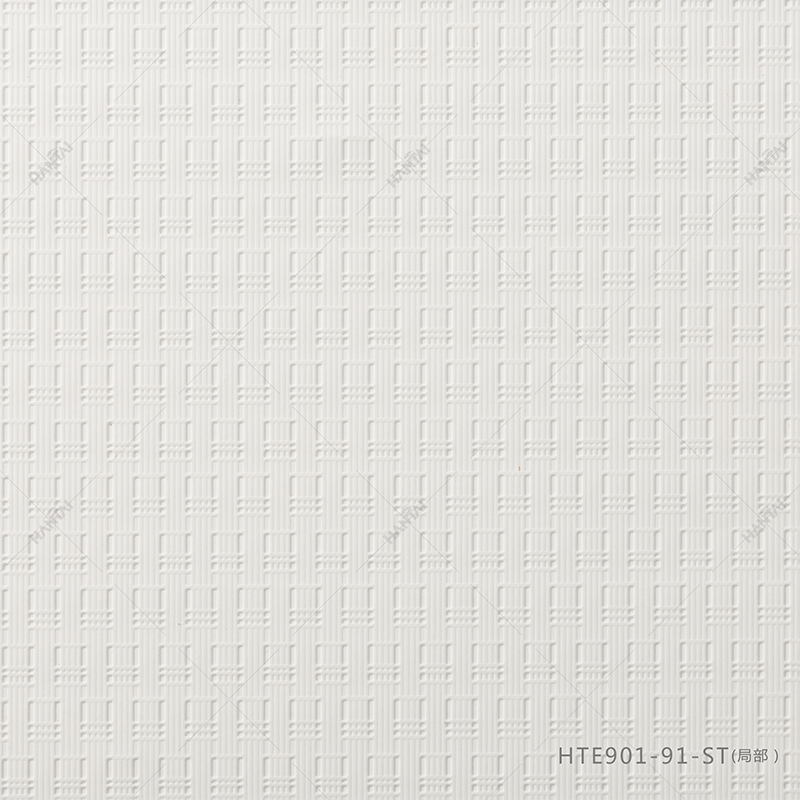PVC film is a widely used material with diverse applications in various industries. From packaging to construction, signage to automotive, PVC film's versatility has made it a popular choice for numerous purposes. Let's take a closer look at what is PVC film made of.
Step 1: Sourcing Raw Materials
The production of PVC film begins with the sourcing of raw materials. PVC resin, the primary component, is derived from a combination of ethylene and chlorine. These raw materials are readily available and abundant, ensuring a consistent supply for PVC film manufacturing.
Step 2: Polymerization
The polymerization process begins after the raw components are gathered. In a regulated atmosphere, ethylene and chlorine are combined to make vinyl chloride monomers. This process typically utilizes a catalyst, such as a free-radical initiator, to initiate the chemical reaction.
Step 3: Vinyl Chloride Monomer Conversion
The vinyl chloride monomers are then polymerized in the next step. The monomers are linked together to create lengthy chains, resulting in a polyvinyl chloride resin. This resin has a white, powdery look and serves as the foundation for PVC film.

Step 4: Plasticization
To make the rigid PVC resin flexible, plasticizers are added. Plasticizers are organic compounds that act as softening agents by increasing the resin's mobility and reducing its glass transition temperature. The most commonly used plasticizer for PVC film is called di-2-ethylhexyl phthalate (DEHP). The plasticization process involves blending the PVC resin with the desired amount of plasticizer, typically in a heated mixer.
Step 5: Film Extrusion
The PVC film is ready to be manufactured after the plasticization process is completed. The PVC resin and plasticizer blend is fed into an extruder, a machine with a revolving screw, during the film extrusion process. The material is heated and melted within the extruder before being pressed through a die that provides the film with the correct thickness and breadth. To solidify the extruded film, it is immediately chilled.
Step 6: Surface Treatment
To enhance the film's surface properties and improve printability, surface treatment may be applied. This entails treating the film to corona discharge or flame treatment, which enhances its surface energy and enables better adherence to inks, coatings, or adhesives.
Step 7: Additional Processing and Finishing
Additional processing and finishing stages may be required depending on the desired properties of the PVC film. These can involve embossing or laminating the film with additional materials to improve its look, durability, or utility, such as polyester or metal foils.

PVC Film For Display Cabinet Lamination
Step 8: Quality Control and Testing
Throughout the production process, rigorous quality control measures are implemented to ensure the PVC film meets the required specifications. This includes testing mechanical parameters like tensile strength and elongation, as well as assessing other aspects such as transparency, color uniformity, and dimensional stability.
Step 9: Packaging and Distribution
Once the PVC film passes quality control, it is packaged and prepared for distribution. The film is typically wound onto large rolls or cut into sheets, depending on customer requirements. It is then delivered to other businesses for use in packaging, industrial curtains, vinyl flooring, window films, and other uses.
Conclusion
The production of PVC film involves a fascinating journey from sourcing raw materials to creating a versatile and widely used product. If you are looking for the PVC film suppliers, HANTAI can help you. Contact us and get more product details!




